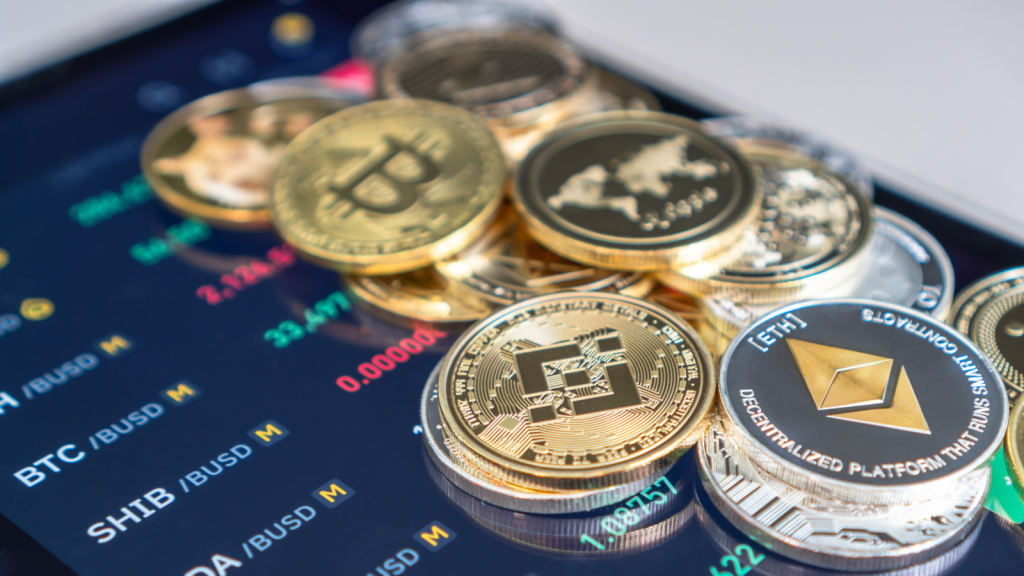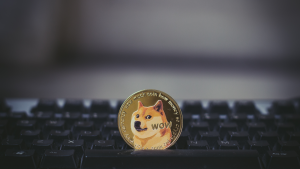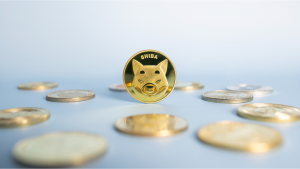
As the crypto market faces volatility, it’s important to reassess holdings and identify cryptocurrencies to sell. The recent downturn has impacted many digital coins, making it crucial to differentiate between safe and risky cryptocurrencies. Offloading high-risk cryptocurrencies now can help mitigate risk and protect your portfolio in the long term.
Some unstable cryptocurrencies performed well during their initial hype. However, enthusiasm for some of these coins has died out, and that shift can hurt investors. These three digital currencies are among the most dangerous cryptocurrencies to avoid.
Dogecoin (DOGE-USD)

Many high-risk cryptocurrencies, like Dogecoin (DOGE-USD), struggle to gain widespread adoption due to the absence of clear mainstream use cases. This limited practical application hinders their value and primarily relies on speculative investment rather than real-world utility. Dogecoin’s acceptance among merchants remains limited, indicating its restricted reach.
Dogecoin lacks practical use cases, and the hype surrounding its integration with Twitter is purely speculative. While Elon Musk uses Dogecoin on Twitter, no concrete plans or timelines have been announced. The potential for Dogecoin as an alternative payment on Twitter is slim, and there is no clear indication of its future trajectory. Investing in Dogecoin based solely on speculation goes against the principles of prudent investment.
Additionally, Dogecoin’s limitations go beyond inflation. Its blockchain lacks smart contract functionality, hindering integration with decentralized finance (DeFi) and non0fungible token (NFT) applications.
A majority of industry experts surveyed advised selling Dogecoin due to its limited use cases and technological constraints. These factors have contributed to the skepticism surrounding Dogecoin in the remaining months of 2023.
Pepe (PEPE-USD)

Pepe (PEPE-USD), the third-largest meme token by market capitalization, has witnessed a significant 70% decline in the past month. Despite a notable surge in April, with a 2,192% rise, the coin has experienced a drop of over 13% in recent weeks, resulting in an overall decrease of more than 26% in the past 14 days. While Pepe still holds a market capitalization of $750 million, the concentration of coin supply in a few wallets adds risk for traders.
Pepe embodies the risks associated with meme coins. It appeals to investors due to its potential for rapid appreciation, but its volatility is a double-edged sword. Pepe is a meme coin inspired by the Boy’s Club comic strip, with the cartoon frog gaining fame in various movements.
However, it lacks real-world utility and relevance in the investment world. Its focus on meme culture undermines crypto projects with tangible fintech utility. For these reasons, it’s advisable to steer clear of Pepe.
Shiba Inu (SHIB-USD)

Shiba Inu (SHIB-USD) is another meme coin lacking utility and driven by flashy cuteness. It emerged amid the hype around Dogecoin with aspirations to rival it. However, the unstable cryptocurrency ultimately serves as a tool for crypto speculation. Numerous dog-themed meme coins have followed suit, each with equally shallow narratives.
SHIB’s potential as the next Dogecoin has dwindled as Elon Musk clarified his lack of involvement with the token. Anticipated positive developments, such as the Shibarium scaling solution and token burning, have faced delays and limitations, hindering its appeal.
I think that by now, everyone knows that meme coins are nothing except a popularity contest. So instead of marketing with corny copy like “Once upon a time, there was a very special dog. That dog was a Shiba Inu, and this dog inspired millions of people around the world to invest money into tokens with the dog’s image on it,” consider wowing the audience with a truly engaging story. No one believes Shiba Inu to have some ridiculous imagined utility. Maybe that would drive more investment. I know I’d be more inclined to consider a meme coin for that reason.
On the date of publication, Chris MacDonald did not have (either directly or indirectly) any positions in the securities mentioned in this article. The opinions expressed in this article are those of the writer, subject to the InvestorPlace.com Publishing Guidelines.





